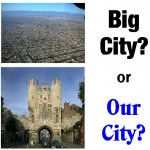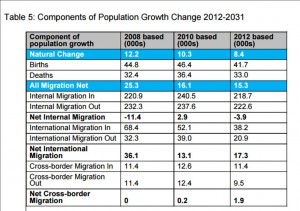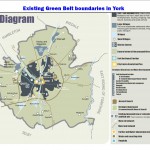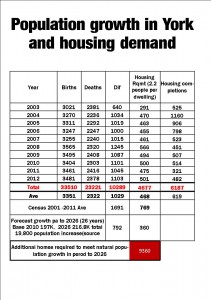The York Council has released what it claims are new figures intended to quantify the demand for housing development land in York.
The most recent Office of National Statistics population forecasts for the City show a marked reduction compared to the assumptions used when Labour published their version of the Local Plan three years ago.
Their plan to build 23,400 additional homes, mainly to accommodate foreign immigration demand (see table 5), prompted a “Big City or Our City” debate at the last local elections in May 2015. Labour’s ideas were rejected at that poll and the expectation is that the York Council will revert to a more reasonable annual building target of around 575 homes per year
Population growth forecasts, produced by the Office of National Statistics (ONS), have reduced dramatically in recent months. They currently show the City’s population growing from 203,000 to 224,000 (approx 21,000 people) between 2012 and 2031.
With an average of 2.2 people residing at each dwelling, that is equivalent to a requirement for about 500 additional homes each year. To this should be added an assumption about economic growth (which generates additional housing demand)
The new report will come as a disappointment to many. It fails to examine the capacity of the City to absorb growth without fundamental damage to its character.
The jargon littered papers conclude that 758 additional homes are required each year.
The report does make some progress on two issues:
- It accepts that there is a 5 year supply of land available to satisfy immediate housing demand requirements. The list of sites considered to be available (most already have planning permission) can be found by clicking here
- Officials now accept that part – around 140 additional homes pa – of the housing demand will be satisfied from “windfall” opportunities. These are sites which the Local Plan either does not schedule for housing or a combination of very small sites. Most of the planning permissions granted in recent years have been for windfall sites not identified in the 2013 Plan.






